The Siege of Antwerp was fought between German and Belgian forces. The British and French armies were also involved in the battle against the Triple Alliance.
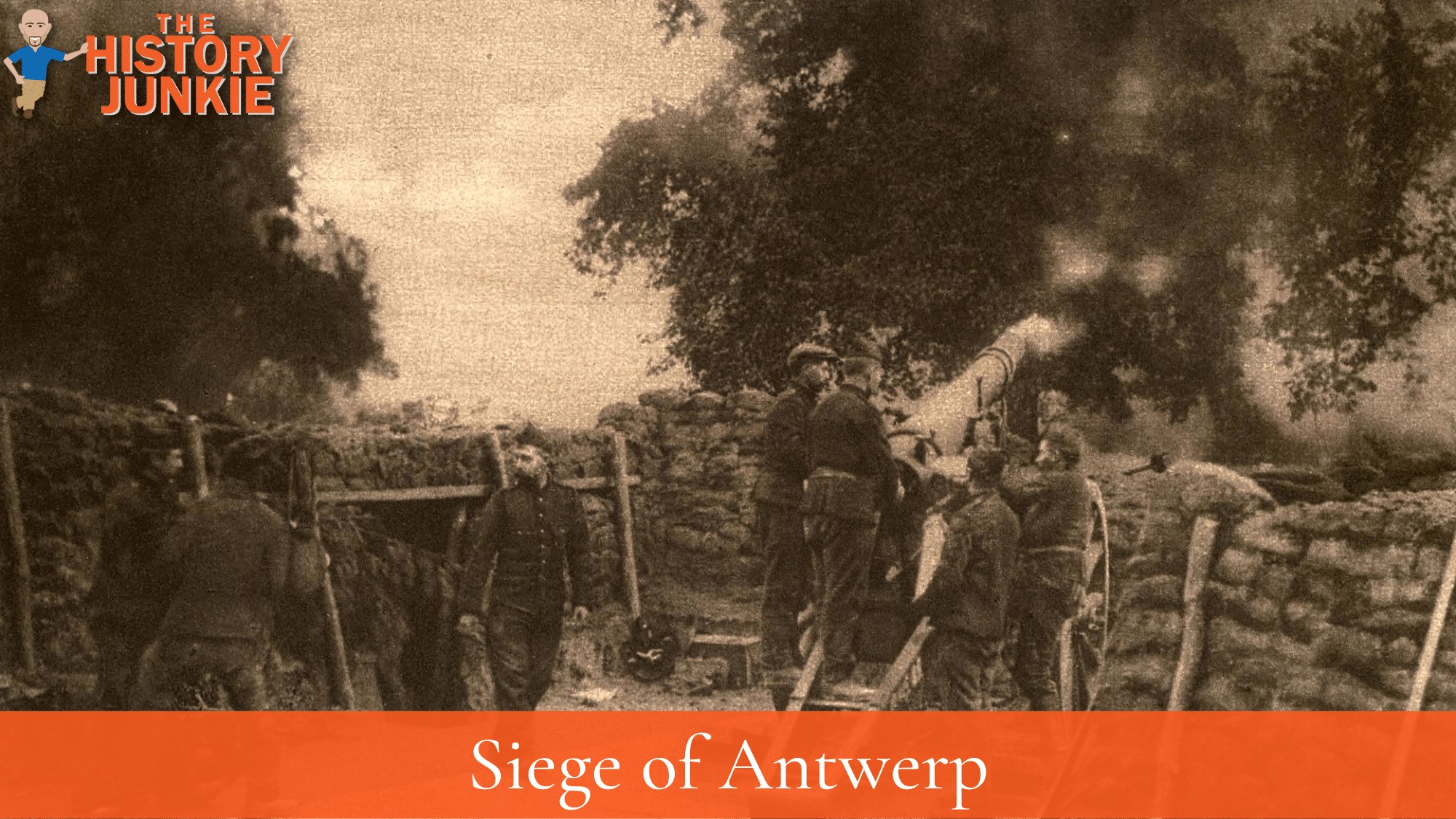
German troops besieged a garrison of Belgian fortress troops, the Belgian field army, and the British Royal Naval Division in the Antwerp area after the German invasion of Belgium in August 1914.
The city, which was ringed by forts known as the National Redoubt, was besieged to the south and east by German forces.
The Battle was won by the German Empire, but the stiff resistance given by the Belgian Army and their support delayed the German advance.
Overview
Following the fall of the forts at Liege in Belgium on August 16, 1914, King Albert I ordered a withdrawal of Belgium's remaining 65,000 troops to Antwerp, another fortress city (along with Namur).
With 80,000 garrison troops, Antwerp's ring of 48 outer and inner forts presented formidable opposition to Alexander von Kluck's German First Amy's flank.
Alexander Von Kluck had bypassed Antwerp in the German army's advance through Belgium and into France. Nevertheless, so many troops at its flank presented a constant threat.
This danger transpired into sorties conducted from the forts on August 24-25 and September 9, designed by the Belgians to distract the Germans from their attack upon the British and French at the Battles of Mons and Charleroi.
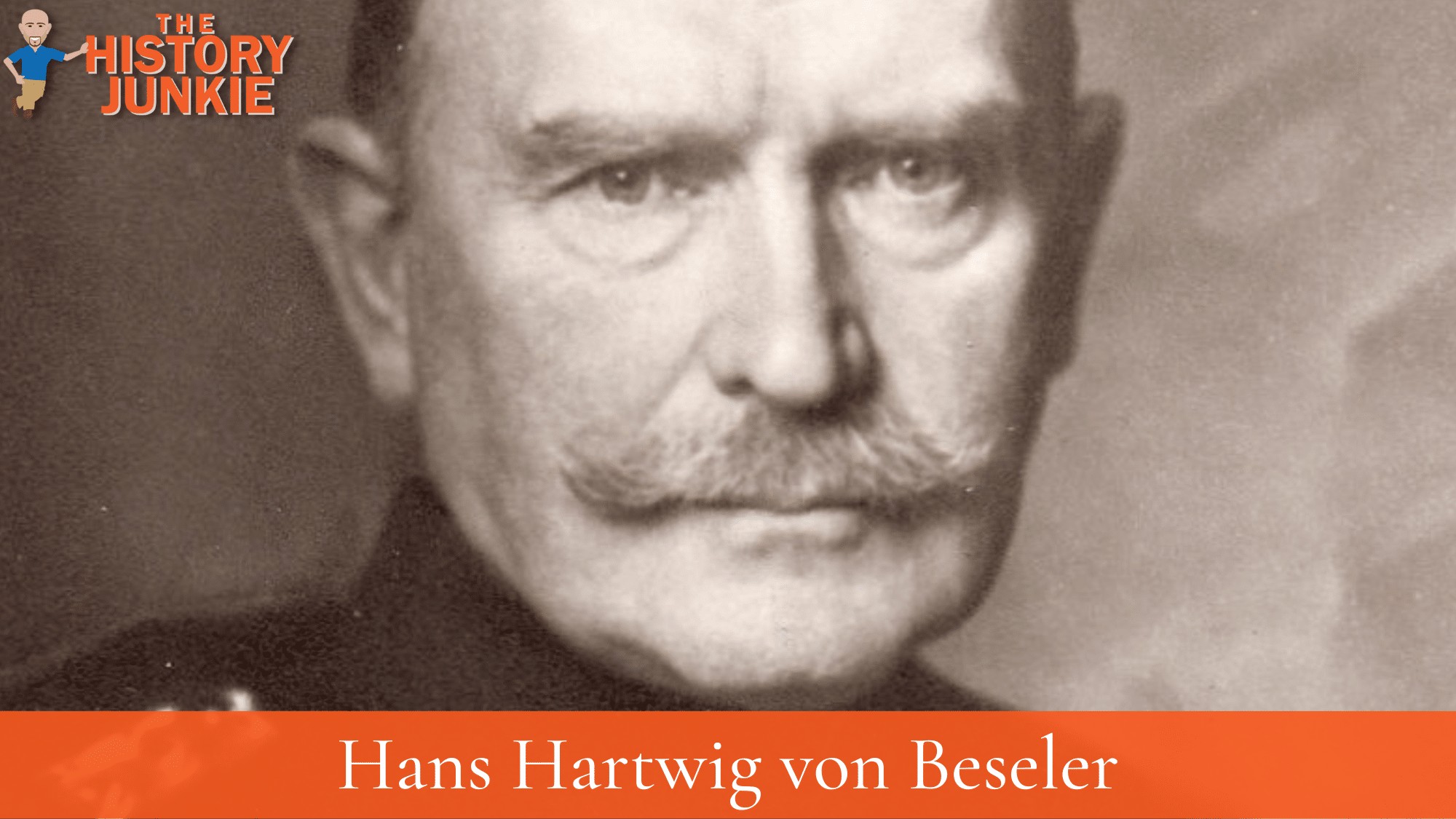
Effective to a degree, von Kluck was obliged to detach four divisions solely to face attacks from Antwerp. Following the attack on September 9, however, the German High Command, led by the German Chief of Staff Helmuth von Moltke in Berlin, determined to capture the Antwerp forts.
Before this could be done, however, action at the First Battle of the Marne distracted all German attention to their advance upon Paris, followed after the Marne action by a retreat to the Aisne.
German General Hans von Boseler was given the task of capturing Antwerp. Assigned a force of five divisions of mostly reserve forces and 173 guns, artillery bombardment began firing upon the outer south-east forts on September 28.
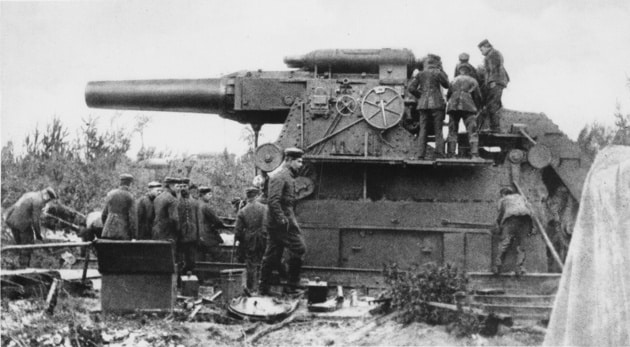
As at Liege and at Namur, the use of heavy guns, such as the powerful Big Bertha (a 420mm siege howitzer), effectively put the forts out of commission.
British Fears and Reaction
The British Cabinet, led by Prime Minister Herbert Asquith, viewed with great disquiet the siege of Antwerp, fearful that once the city and its forts had been captured, the German forces would quickly move towards the channel ports, possibly threatening Britain itself.
Consequently, the British, led by Asquith, Kitchener (the Minister for War), Grey (the Foreign Secretary), and Churchill (the First Lord of the Admiralty), decided on October 1 to re-deploy a division of troops originally intended for the British Expeditionary Force led by Sir John French.
Germans Push Through
On October 2, the Germans succeeded in penetrating two of the city's forts. Winston Churchill was sent to Antwerp to provide a first-hand report on the situation there.
Leaving London that night, he spent three days in trenches and fortifications around the city. He reported to Kitchener on October 4 that Belgian resistance was weakening with morale low.
Receiving a request from the Belgian government for more assistance, the British dispatched a further 6,000 Royal Navy troops, 2,000 on October 4 and 4,000 on the following day. The original division of 22,000 troops was also en route for Ostend.
Belgian Evacuation
Landing at Ostend on October 6, the British naval forces were too late; the Belgian government relocated from Antwerp to Ostend the same day, with the city itself evacuated the following day under heavy artillery bombardment, formerly surrendered by its Military Governor, General Victor Deguise to the Germans on October 10.
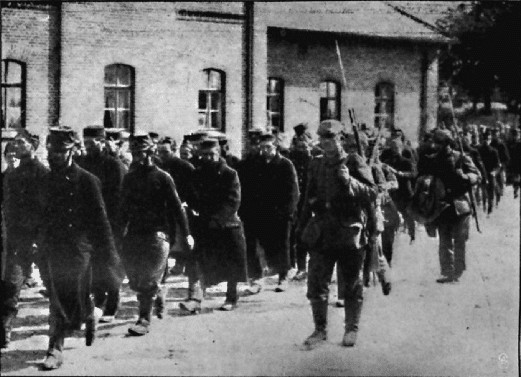
The division of British troops at Ostend had not, in any event, moved towards Antwerp upon hearing that the French government had declined to add relieving forces of their own.
Nevertheless, British intervention had prolonged the defense of Antwerp for perhaps five days, giving the British valuable time for the deployment of troops in Flanders.
German forces continued to occupy Antwerp until its liberation in late 1918. Most Belgian and Allied forces had, however, managed to escape the city west along the coast, subsequently taking part in the defense at Ypres in mid-October.
Conclusion
The Siege of Antwerp was a German victory but caused some delays in their execution of the Schlieffen Plan. The Belgian army retreated north toward The Netherlands. The Dutch were hesitant to accept any refugees for fear of being pulled into the conflict.
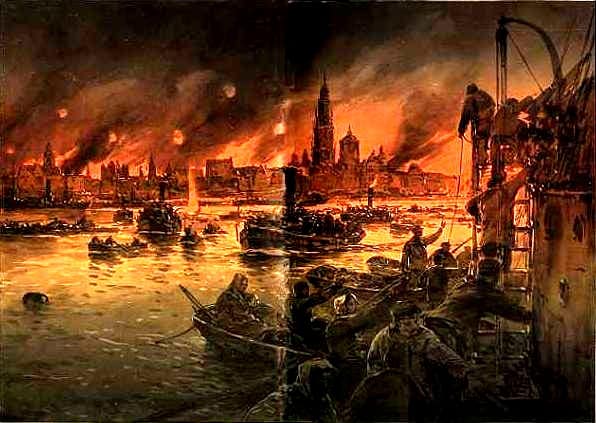
Belgian troops from Antwerp also withdrew to the Yser River, close to the French border, and dug in to begin the defense of the last unoccupied part of Belgium and fought the Battle of the Yser against the German 4th Army in October and November 1914.
